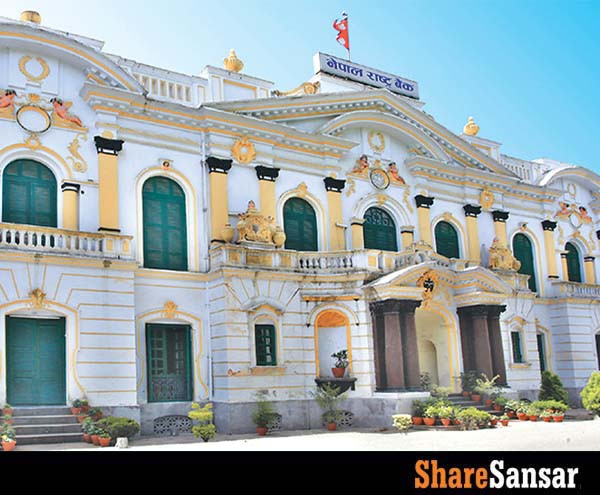Major Highlights: Third Quarterly Review of Monetary Policy for Fiscal Year 2079/80

The fiscal year 2079/80 third quarterly review of monetary policy has been released by Nepal Rastra Bank (NRB).
The major goals of the Nepal Rastra Bank are to maintain price and exchange stability for the benefit of economic stability and the long-term growth of the economy, as stated in the Nepal Rastra Bank Act, 2058.
Based on the current economic and financial condition and scenario, NRB has developed and implemented the required monetary policy to attain these goals. According to the rule that calls for implementing monetary policy measures by examining the economic and financial situation on a quarterly basis, the third quarter of the current fiscal year has been examined. Here are the major financial highlights:
- The improvement in foreign exchange reserves has increased the ability to meet imports.
- There has been an improvement in remittance flow in the current financial year.
- The liquidity position of the banking sector has improved with the resumption of savings. As a result, the base rate and interest rate have started to decrease.
- There has been a slight increase in the size of non-performing loans held by banks and other financial institutions. In addition to the rise in non-performing loans, non-commercial activities directed at the banking sector have had a negative impact on the business environment.
- Average inflation is expected to be slightly higher than projected. For the first nine months, the average consumer inflation was 7.91 percent.
- In the fiscal year 2079/80, the goal is to maintain foreign exchange reserves sufficient to cover at least 7 months of goods and services imports.
- The financial system's liquidity situation has improved as a result of the current financial year's improvement in the external sector. As a result, monetary management measures have been used less frequently in the current fiscal year compared to last year to inject liquidity into the financial system.
- By the end of Chaitra of the current financial year, Rs. 498 Arba 64 Crores net liquidity has been flowed through open market transactions.
- Since Poush 1, 2079, up till the conclusion of Chaitra of the current fiscal year, banks and financial institutions have utilized the overnight liquidity facility on several occasions, totaling Rs. 1218 Arba 63 Crores.
- Through the acquisition of foreign currency in the foreign exchange market, liquidity amounting to Rs. 557 Arba 81 crore had flowed by the third quarter of the current fiscal year.
- The weighted average interbank rate between banks and financial institutions was 7.01 percent in Chaitra 2079.
- In Chaitra 2079, the weighted average interest rate of 91-day treasury bills remained at 9.74 percent.
- The average base rate of commercial banks is 10.48 percent in Chaitra 2079.
- The weighted average interest rate of deposits in Chaitra 2079 is 8.26 percent.
- The weighted average interest rate of loans in Chaitra 2079 is 12.84 percent.
- The Lender of Last Resort (LOLR) Facility is available to banks and financial institutions that are unable to manage liquidity through the interbank market, daily liquidity facility, open market transactions, and permanent liquidity facility. This facility imposes a penalty rate of 2 percentage points on the bank rate in response to demand.
- After examining the cash flow and income of the various industries and businesses, a plan will be put in place that will let loans that are up to Rs. 2 crores in size and in the active category at the end of Poush 2079 to be restructured and rescheduled by the end of Ashad 2080. Small and medium-sized firms will be able to function more easily as a result.
- The bank rate was lowered from 8.5 percent to 7.5 percent as a result of the monetary review that the Central Bank announced on Friday. As a result, the interest rate on government bonds is decreased, and banks are under pressure to raise deposits at a low cost.
- Lastly, the central Bank has not directly addressed the real estate and stock market in the third quarter monetary policy review.




